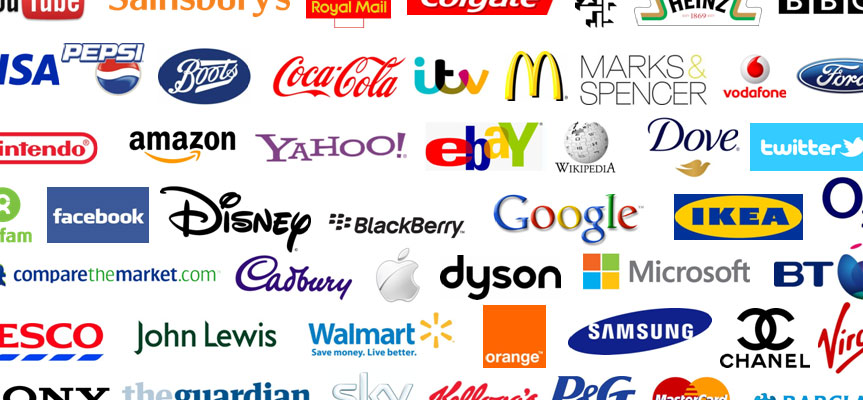
Brand management is a dynamic and continuous process that needs consistent investment of time and money. The boardroom must ensure that brand management is allocated a specific budget as it is much more than mere marketing communications. Due to the intangible nature of branding, the results may not accrue in a short period of time as it takes time and reinforcement to build customer loyalty.
Many companies increasingly complain that financial markets focus on short-term results and give little credit to long-term, value-creation strategies. These claims are contradicted by empirical evidence.
A McKinsey study has shown that expectations of future performance are the main driver of shareholder returns. Across industries and stock exchanges, up to 80% of a company’s market value can be explained only by cash flow expectations beyond the next three years. These expectations are driven by growth judgments and long-term profitability. An examination of stock prices of leading consumer product companies illustrated that future growth accounts for 54% of the stocks’ total value.
Another study by McKinsey of Standard & Poor’s 500 companies from 1984 to 2004 illustrated that the average total returns to shareholders were 9.4 percentage points better among the companies that balanced short- and long-term performance compared to less-balanced peers. Similar studies from other global research firms and business schools have illustrated the same findings.
The best performers also survived longer in the market – the CEOs of these companies generally remained in office three years longer, and their stock prices were significantly less volatile. Some of the world’s strongest brands, like Coca-Cola, McDonald’s, and L’Oreal, and also many legacy brands, like Giorgio Armani and Louis Vuitton, have been around for a very long time. They last longer than any CEO is in the office. Strategic brand leadership needs a long-term perspective and spans beyond the CEO. Companies aspiring to build and sustain strong brands have to keep this in mind to avoid short-term decisions by the CEO within his tenure in the boardroom.
Market capitalization
For many Western companies, a large part of their intangible assets is related to the value of their brands. An examination of the market capitalization of companies on Western stock exchanges demonstrates that a large proportion of the company value is derived from powerful brands and the profit streams they provide.
On the New York Stock Exchange and NASDAQ, intangible assets are known to account for anywhere between 50% to 75% of the market capitalization of the listed companies, where the majority is accounted for by their brands. The market-to-book ratios for Fortune 500 companies are approximately 3.5, which indicates that more than 70% of the market values of the Fortune 500 companies are comprised of intangible assets.
Similarly, the market-to-book ratio for UK’s largest companies averages three. Compare that with companies on any Asian stock exchange, where the intangible financial value derived from brands is insignificant or lacking.
Asian executives need a different mindset
There are huge opportunities for Asian businesses to step up their brand-building efforts and take to the global scene far more than they have historically done. Despite the current turmoil, Asia is fast becoming the center of global trade. China, India, and the other Asian economies are emerging as global economies. But despite the economic boom, Asian companies are still competing primarily on low cost and have not yet realized the full potential of moving up the value chain and enhance shareholder value. The Asian boardroom mindset is focusing on short-term sales and cost savings.
Asian boardrooms and business leaders are biased heavily towards operations and finance and less on brand marketing as a value driver. Many Asian business leaders are yet to realize that branding is a boardroom discipline.
There are less than 10 global Asian brands (if Japan is left aside). But Asia has enormous untapped potential for creating and enhancing shareholder value through strong branding and brands.
Towards 2020, a rapidly changing landscape will emerge in Asia, where the opportunities for Asian companies to benefit from branding will be larger than ever before. The growing emphasis on shareholder value and brand strategy to drive value will move up the boardroom agenda and become one of the most prominent drivers of value in Asia-Pacific.
To gain from the opportunities represented, a huge paradigm shift is needed for Asian boardrooms and brands to unleash their untapped potential. Asian boardrooms can move up the value chain, shape their competitiveness through branding, and enhance shareholder value.
Therefore, corporate management must align short-term and long-term objectives and expected outcomes of branding, and be committed to supporting it accordingly, with well-balanced strategies and time horizons.